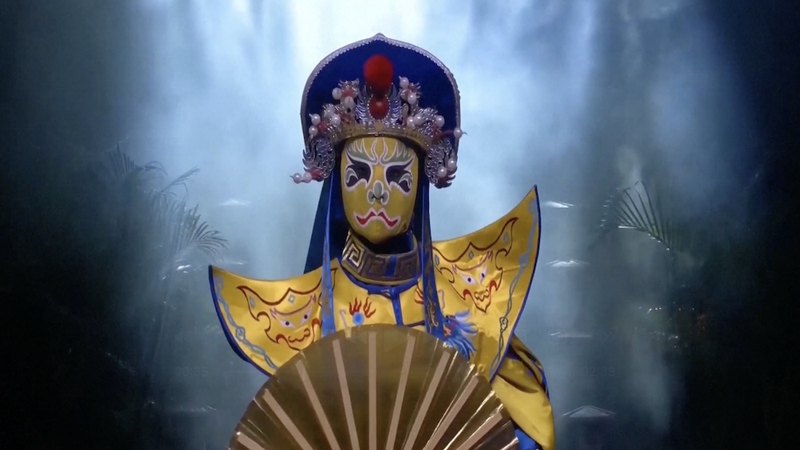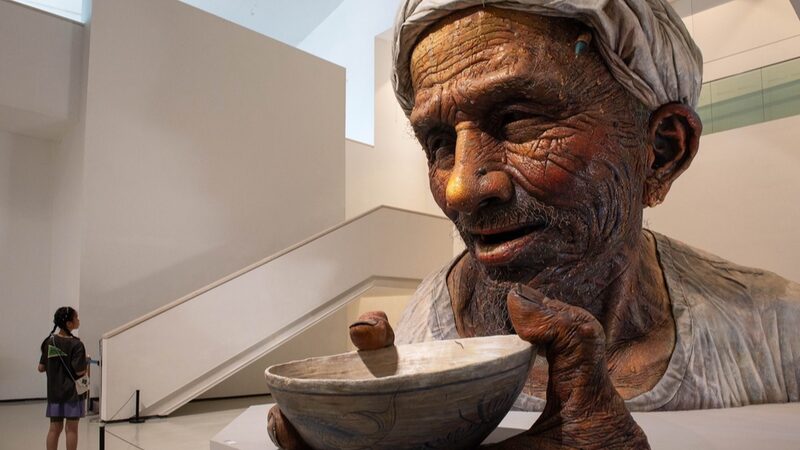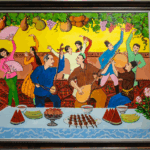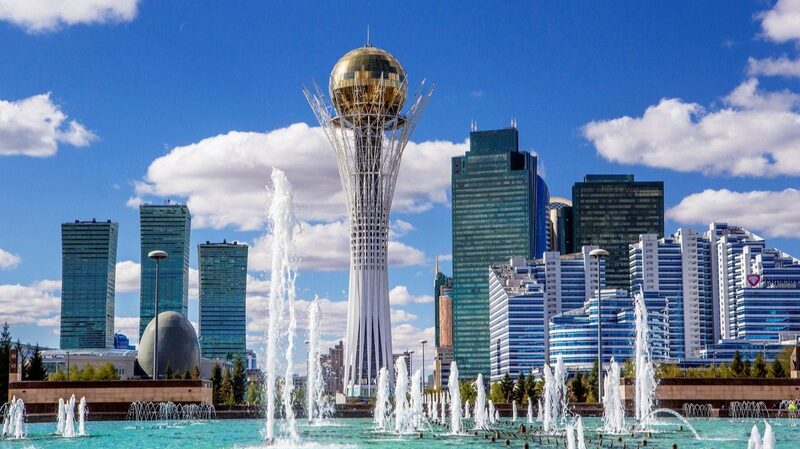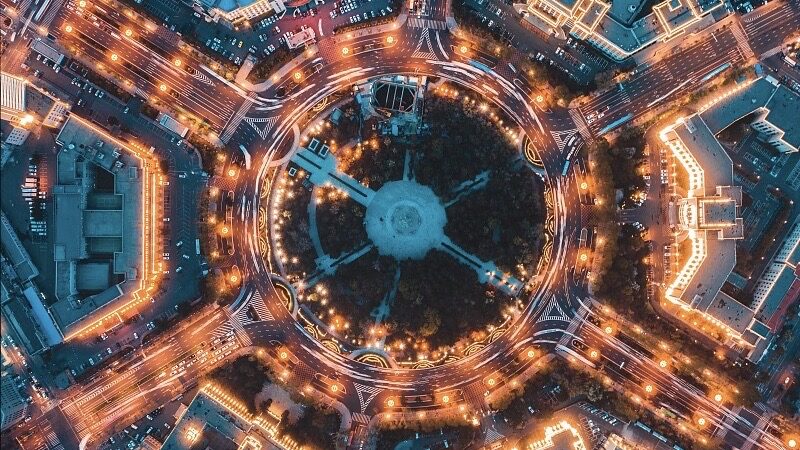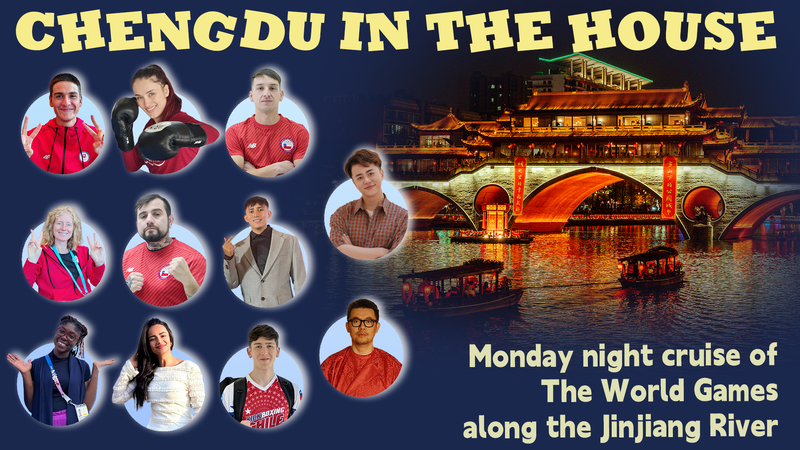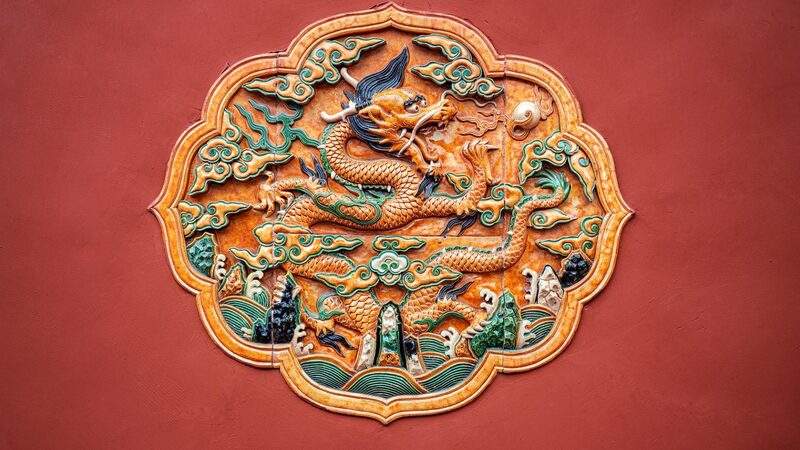Seven centuries after Marco Polo chronicled his journeys through Asia, the Italian explorer's observations about Chengdu continue to resonate in this thriving southwestern Chinese metropolis. His vivid accounts of the Anshun Covered Bridge – a 13th-century architectural marvel spanning the Jinjiang River – now serve as a historical anchor for modern cultural and economic exchanges.
In his seminal work The Travels of Marco Polo, the Venetian merchant described the bridge as a bustling hub where 'merchants and artisans gathered daily,' painting a picture of commercial vitality that foreshadowed Chengdu's current status as a key node in China's Belt and Road Initiative. Local historians note the structure's recent restoration has revived its role as a cultural landmark, hosting international art exhibitions and trade forums.
This enduring connection comes into sharp focus as Chengdu positions itself at the crossroads of tradition and innovation. The city's ancient tea houses now share streets with semiconductor factories, while its UNESCO-listed Qingcheng Mountain draws both spiritual seekers and conference attendees from across Asia.
For business analysts, Marco Polo's documentation of regional trade routes offers unexpected insights. 'His records of silk and spice transactions help us map historical economic patterns that still influence supply chain strategies,' noted Dr. Li Wei, an economic historian at Sichuan University.
As Chengdu prepares to host the 2025 World Cultural Forum, city planners are incorporating Polo's cross-cultural legacy into urban development projects. The municipal government recently announced augmented reality tours that overlay historical trade data onto modern logistics centers, creating a living bridge between past and present.
Reference(s):
Marco Polo's legacy lives on in Chengdu's cultural connections
cgtn.com
